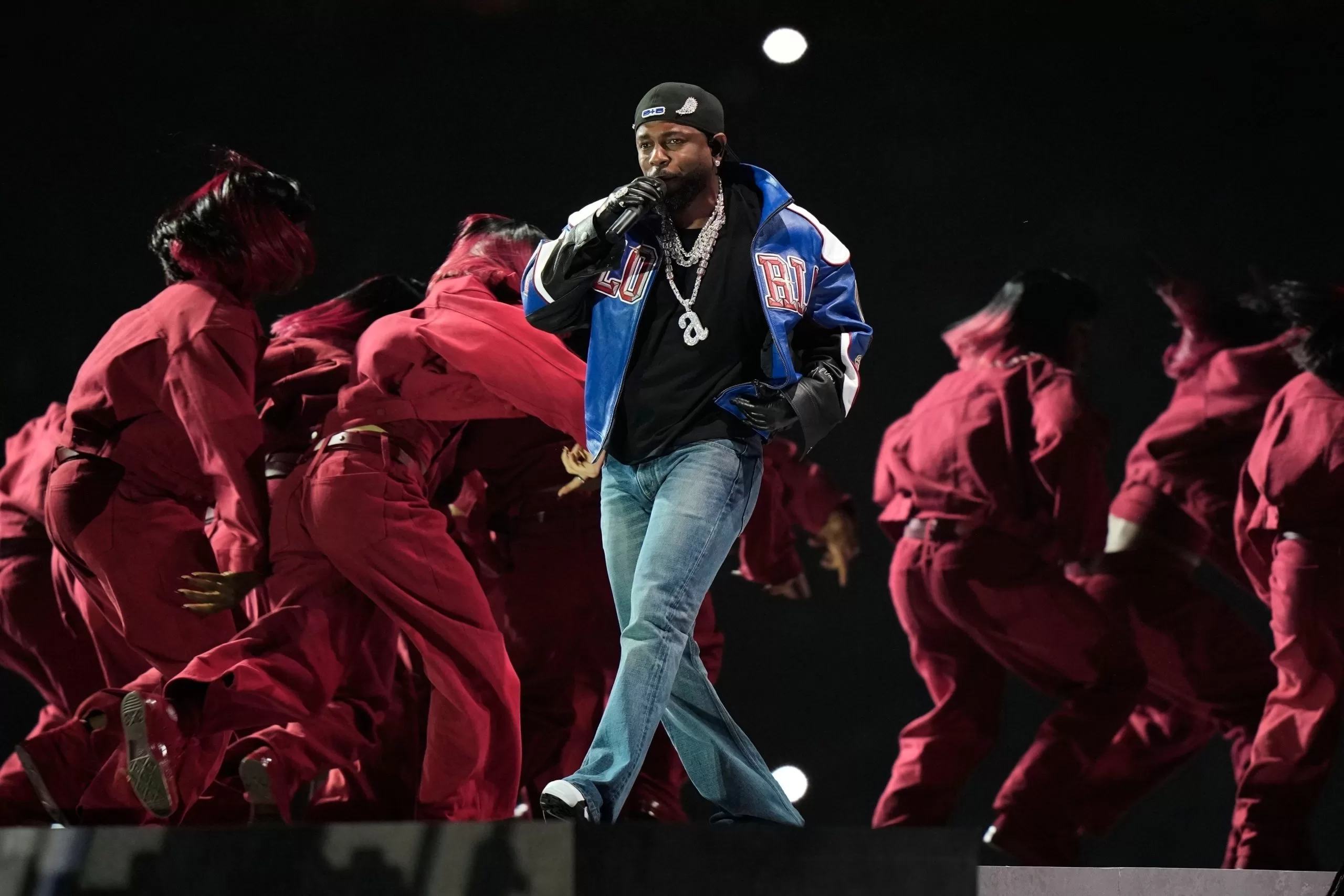
Step back into 1975, this was the year glam rock collided with emerging punk energy. These ten tracks hitting their golden jubilee didn’t just climb charts—they rewrote the rules. Each song was chosen for its cultural earthquake potential and lasting influence on today’s artists. You’ll recognize these anthems, but the stories behind them reveal how chaos creates classics. For a comprehensive overview of the era’s major releases and events, readers can review 1975 in popular music.
10. Love Will Keep Us Together
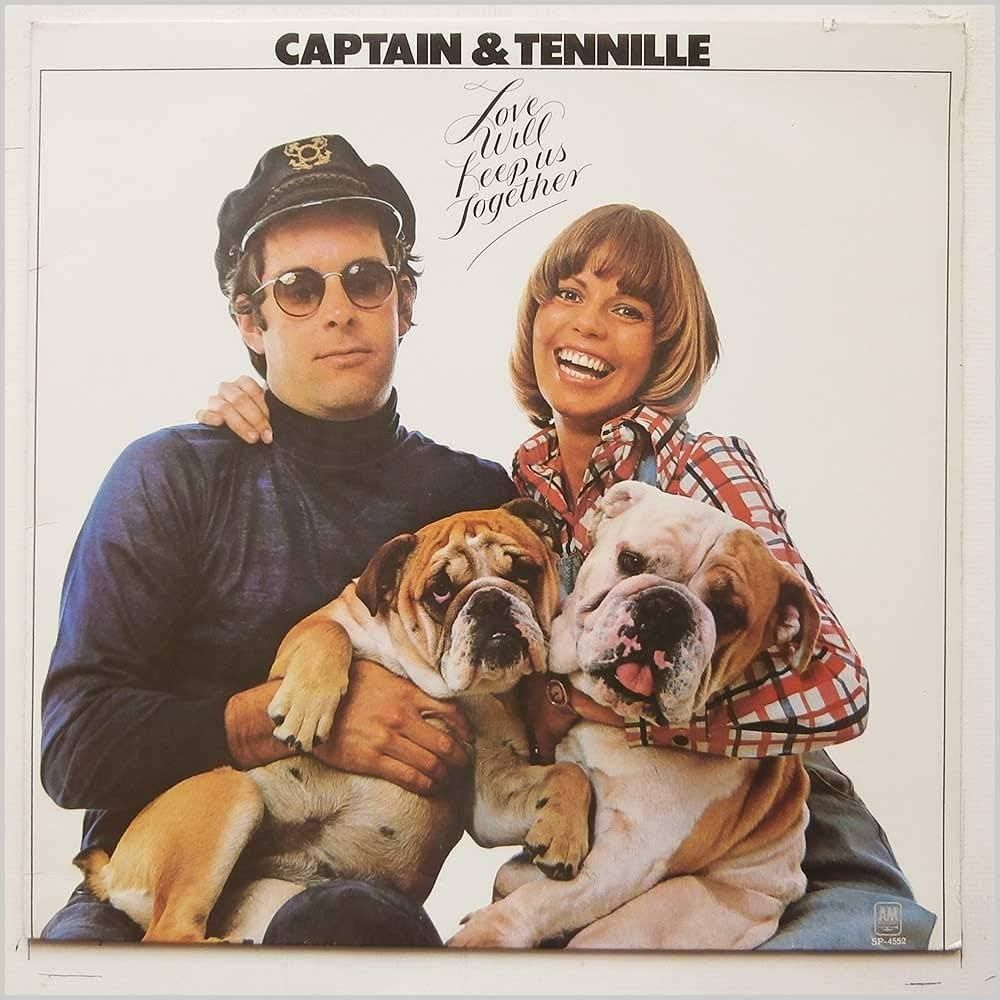
Captain & Tennille‘s sugar-sweet hit masks a more complex reality. Toni Tennille had worked with the Beach Boys before meeting keyboardist Daryl Dragon, whose crippling social anxiety earned him the nickname “Captain” for his maritime obsession—a safer topic than human interaction. Their modified Lowry organ created that signature sound, but their marriage resembled a business partnership more than the eternal devotion they sang about.
The song almost died when ABC Records initially passed. Only Tennille’s threat to quit saved it from the reject pile. Sometimes the most convincing love songs come from people who understand love’s complications better than its fairy tales.
9. Rhinestone Cowboy
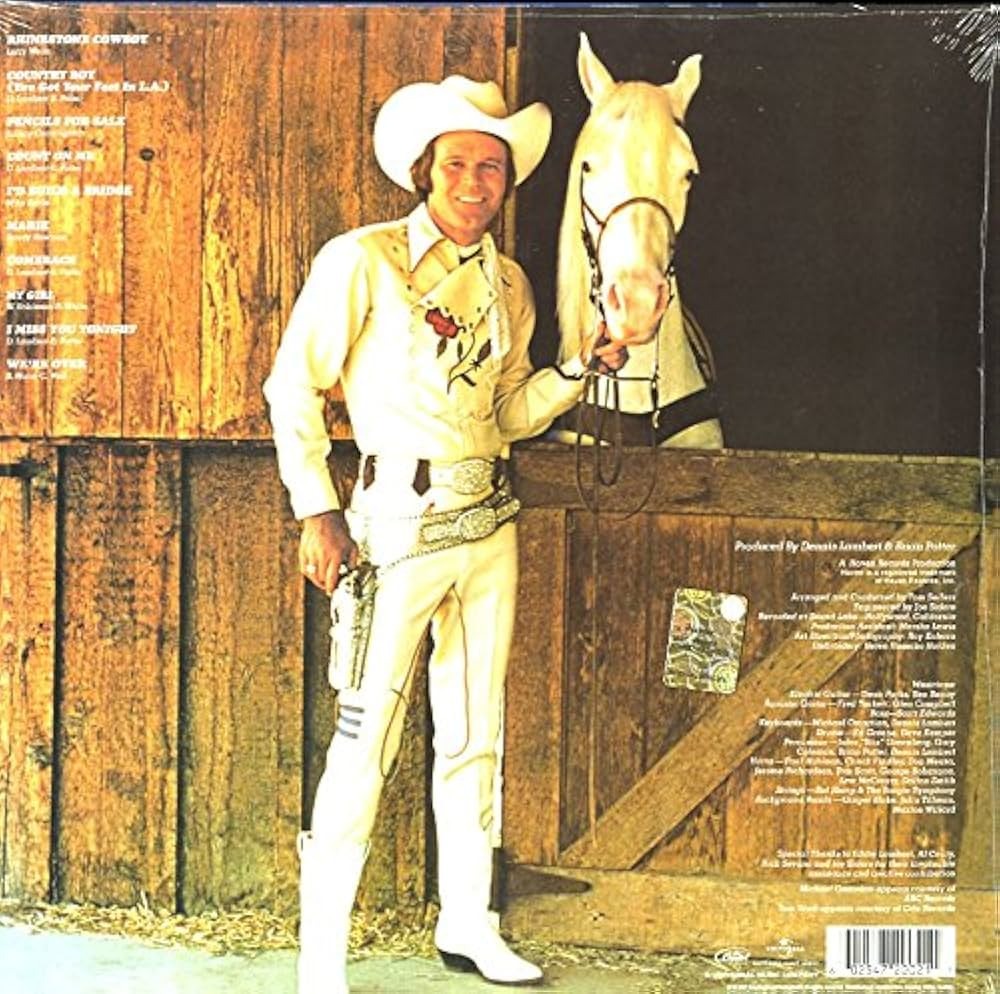
Glen Campbell heard Larry Weiss‘s “Rhinestone Cowboy” during an Australian tour and knew he’d found his anthem. Campbell was drowning in cocaine addiction while his relationship with Tanya Tucker made tabloid headlines for all the wrong reasons. The song became his lifeline—a reminder of dreams worth chasing even when reality felt like quicksand.
Campbell’s reworked version stripped away orchestral pretense for raw honesty. The irony cuts deep: an artist singing about climbing to the top while struggling not to hit bottom. Music history proves that sometimes salvation comes wrapped in someone else’s lyrics.
8. Philadelphia Freedom
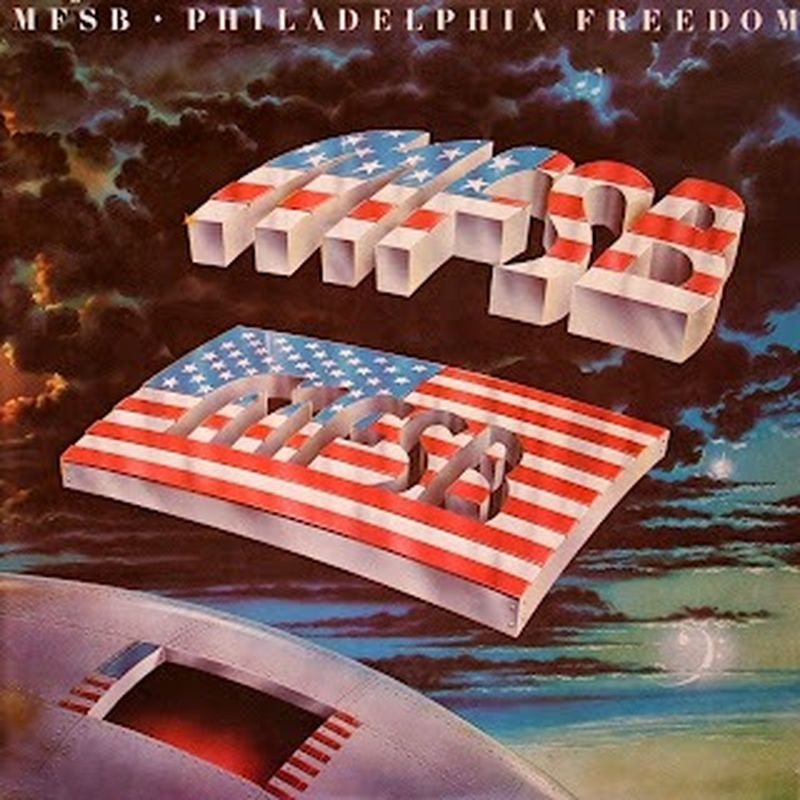
Elton John wrote this tennis tribute for Billie Jean King’s Philadelphia Freedoms team, but radio DJs heard something entirely different. Some stations spun it as a gay anthem, others as patriotic fervor ahead of the Bicentennial. Bernie Taupin‘s lyrics deliberately played with American imagery, creating beautiful confusion that helped the song transcend its sports origins.
The Wrecking Crew laid down the foundation while a spontaneous 3 a.m. saxophone riff added the final magic. Public misinterpretation became the song’s secret weapon—when audiences project their own meaning onto music, ownership shifts from artist to listener.
7. Before The Next Teardrop Falls
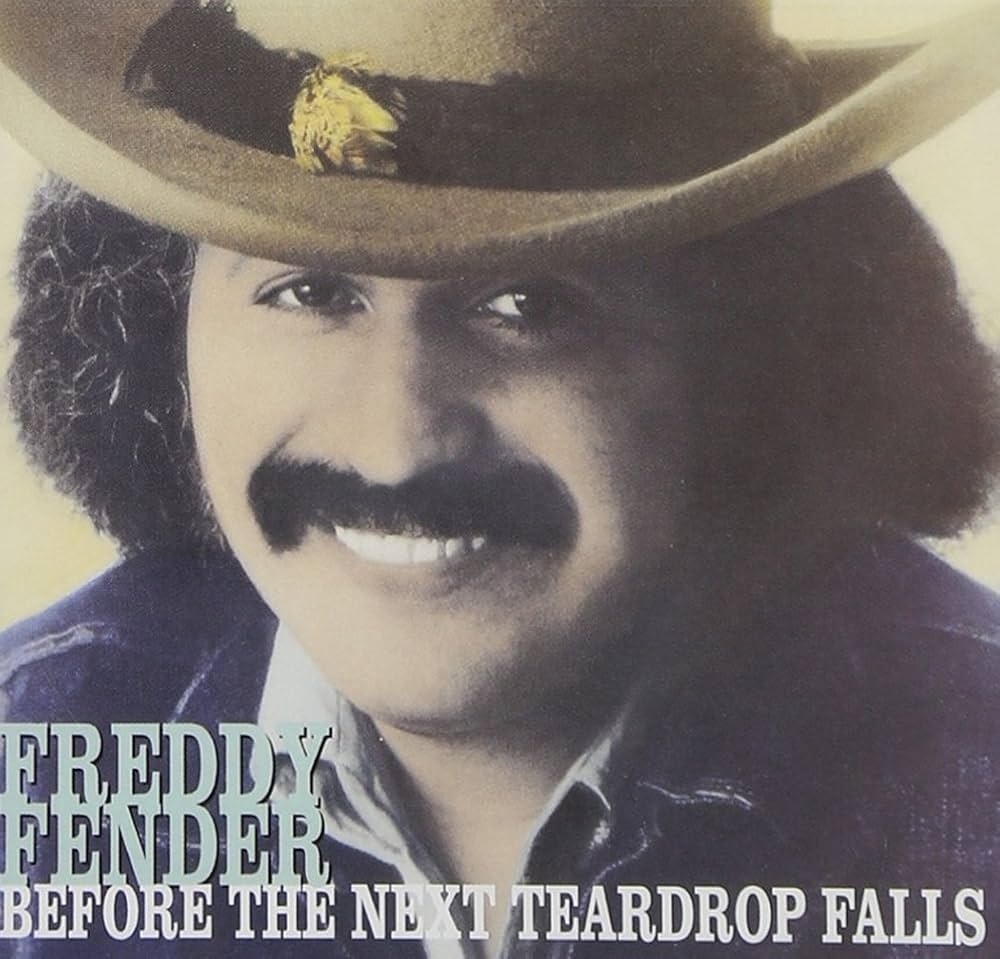
Freddy Fender shattered radio barriers with one bold decision: recording in both English and Spanish. Texas stations had banned bilingual music, but producer Huey P. Meaux recognized the cultural shift happening beneath the surface. Fender nailed both versions in single takes, thinking he was just warming up during what he assumed were practice runs. Freddy Fender’s decision to record in both English and Spanish led to a historic chart breakthrough, as detailed in Freddy Fender’s chart breakthrough.
This song opened doors that had been bolted shut for Latino artists. Fender didn’t just cross over—he built a bridge that countless musicians still use today. Breaking rules requires courage; changing culture requires persistence.
6. My Eyes Adored You
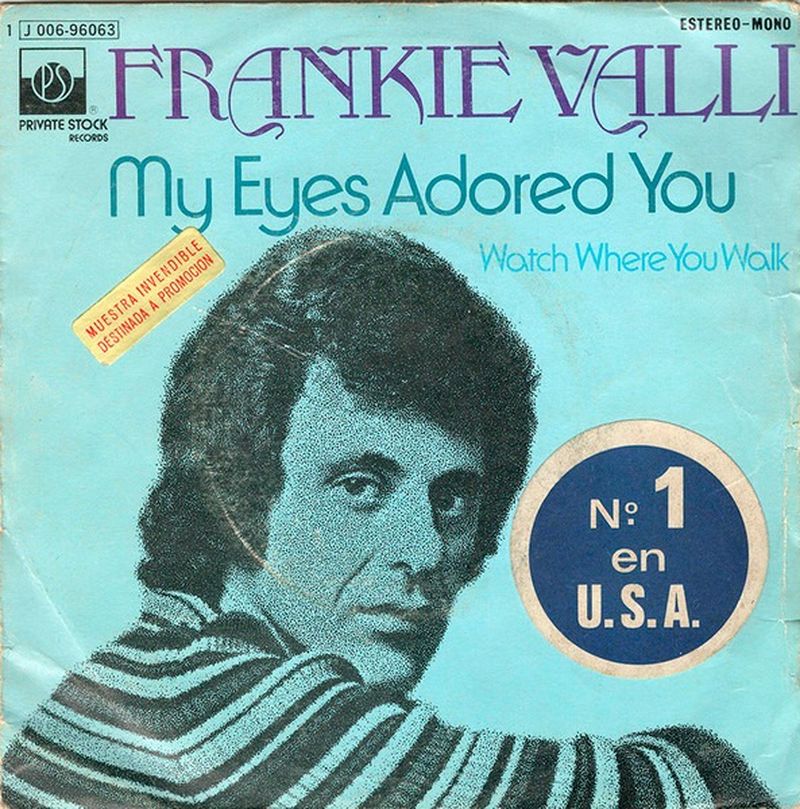
Frankie Valli mortgaged his faith on this Bob Crewe-Kenny Nolan composition, spending $4,000 to buy back the master recording after the Four Seasons left Motown. That investment represented more than money—it was creative survival instinct in action. Valli’s signature falsetto, according to studio legend, emerged from recording with a cold that day. Frankie Valli’s determination to buy back the master recording paid off, as recounted in the Frankie Valli comeback story.
The song’s success validated every risk Valli took. Sometimes artists know their hits before the world does. That kind of conviction separates career-makers from catalog fillers.
5. Shining Star
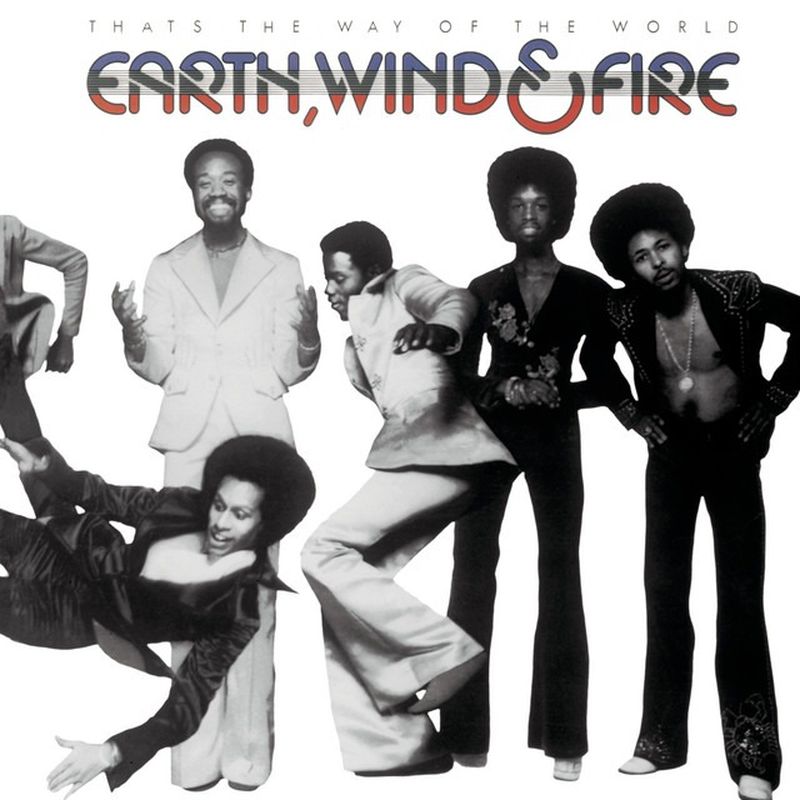
Have you ever wondered why creative tension can lead to brilliance? Earth, Wind & Fire’s “Shining Star” emerged from the turbulence within the band. Maurice White clashed with other members during production. He found inspiration on a late-night drive in Colorado. The recording sessions were tense. A spark emerged in Johnny Graham’s guitar riff.
Initially, the band struggled to land the right groove. Think of White, pushing his fellow bandmates to perfection. Did these problems lead to the creation of one of the most recognizable songs? Most music critics cite it as a landmark of funk music history. Experts believe that the best collaborations come from difficult disagreements. This created a better overall song.
4. Fame
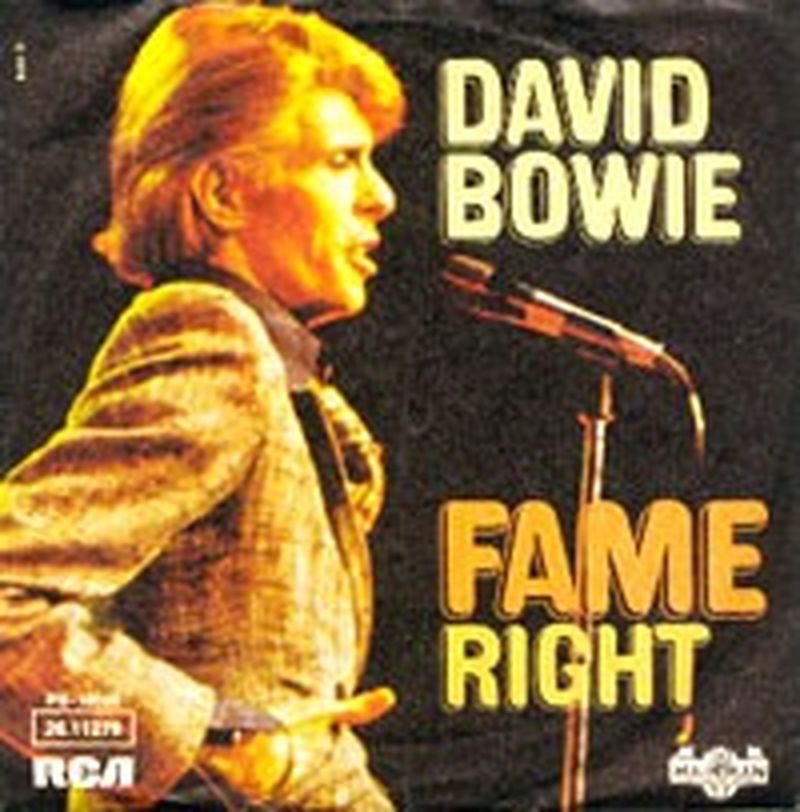
David Bowie, John Lennon, and Carlos Alomar created “Fame” during a cocaine-fueled jam session that Bowie later claimed to hate. Lennon kept repeating the title word like a mantra while the track took shape around his obsession. The irony wasn’t lost on Bowie—achieving fame through a song about fame’s emptiness felt like performance art gone viral. David Bowie’s “Fame” became his first number-one American hit, a milestone that solidified his influence on funk and rock; more details are available in David Bowie’s “Fame” chart history.
Despite Bowie’s conflicted feelings, “Fame” became his first number-one American hit. Artists don’t always love their biggest successes, especially when those songs reveal uncomfortable truths about their industry.
3. One of These Nights
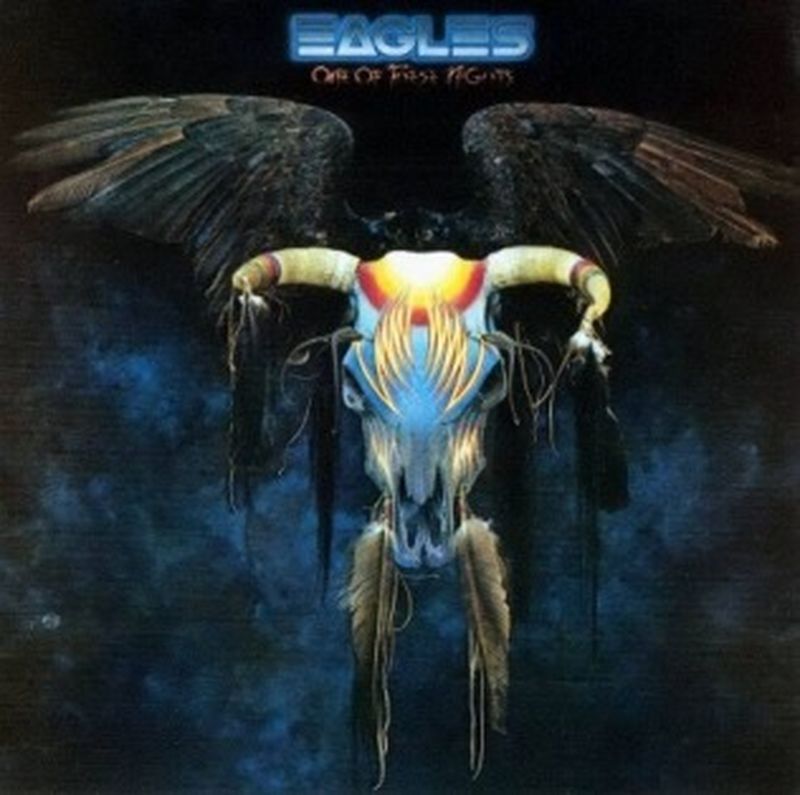
Tensions within The Eagles reached breaking point during “One of These Nights” production. Don Henley spent months refining lyrics while the band battled over their shifting sound from country rock toward disco influences. Bernie Leadon felt betrayed by the musical direction that would eventually drive him from the group.
The song’s success came at a cost—artistic evolution requires casualties. The Eagles proved that sometimes survival means abandoning your past, even when it alienates the people who helped build your foundation.
2. Thank God I’m a Country Boy
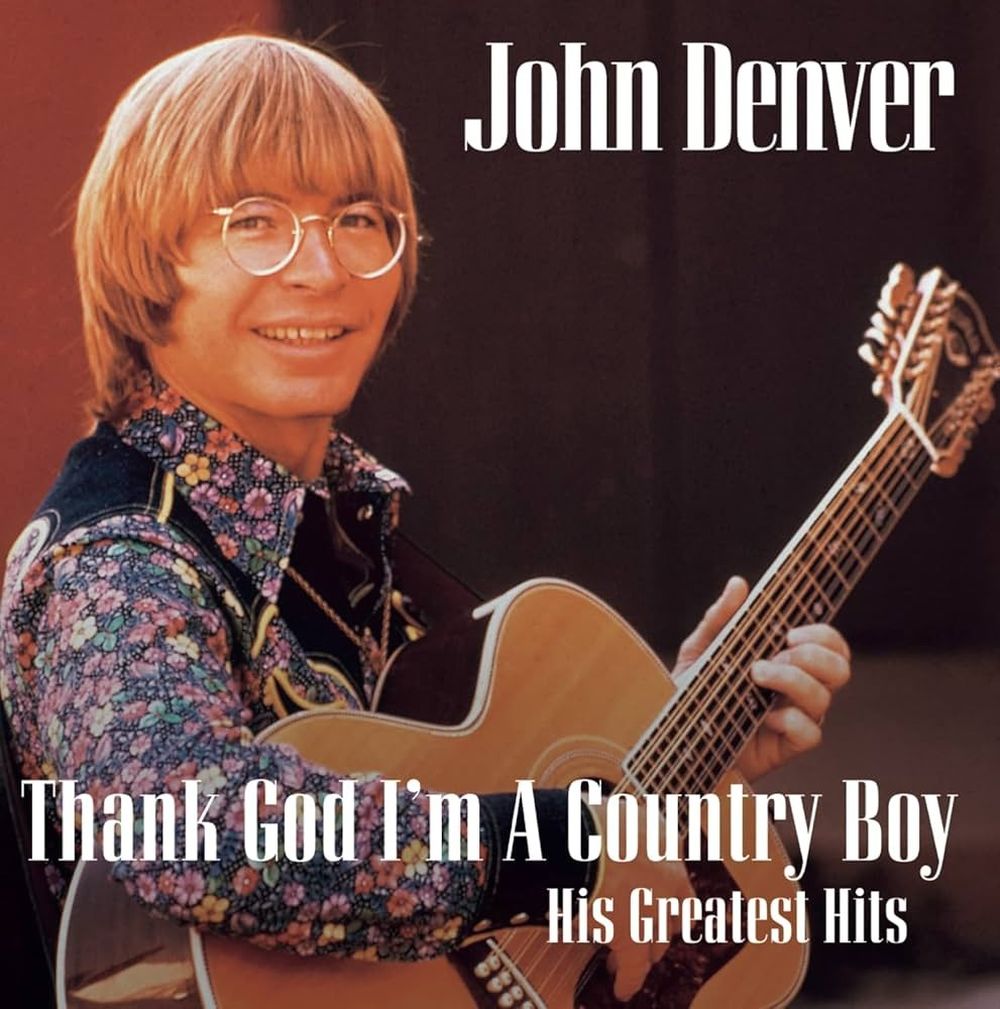
John Martin Summers wrote this celebration while battling deep depression, creating one of music’s most successful emotional contradictions. John Denver perfected the arrangement and captured its live energy at Universal Amphitheater, transforming Summers’s private struggle into public joy. The fiddle work by Vassar Clemens added authentic country flavor that made the song feel timeless. John Denver captured the song’s infectious energy during a live performance at Universal Amphitheatre, as seen in this John Denver live performance details.
Sometimes the most convincing happy songs come from writers who understand sadness intimately. Music’s healing power works both ways—creating joy can help generate the real thing.
1. Jive Talkin’
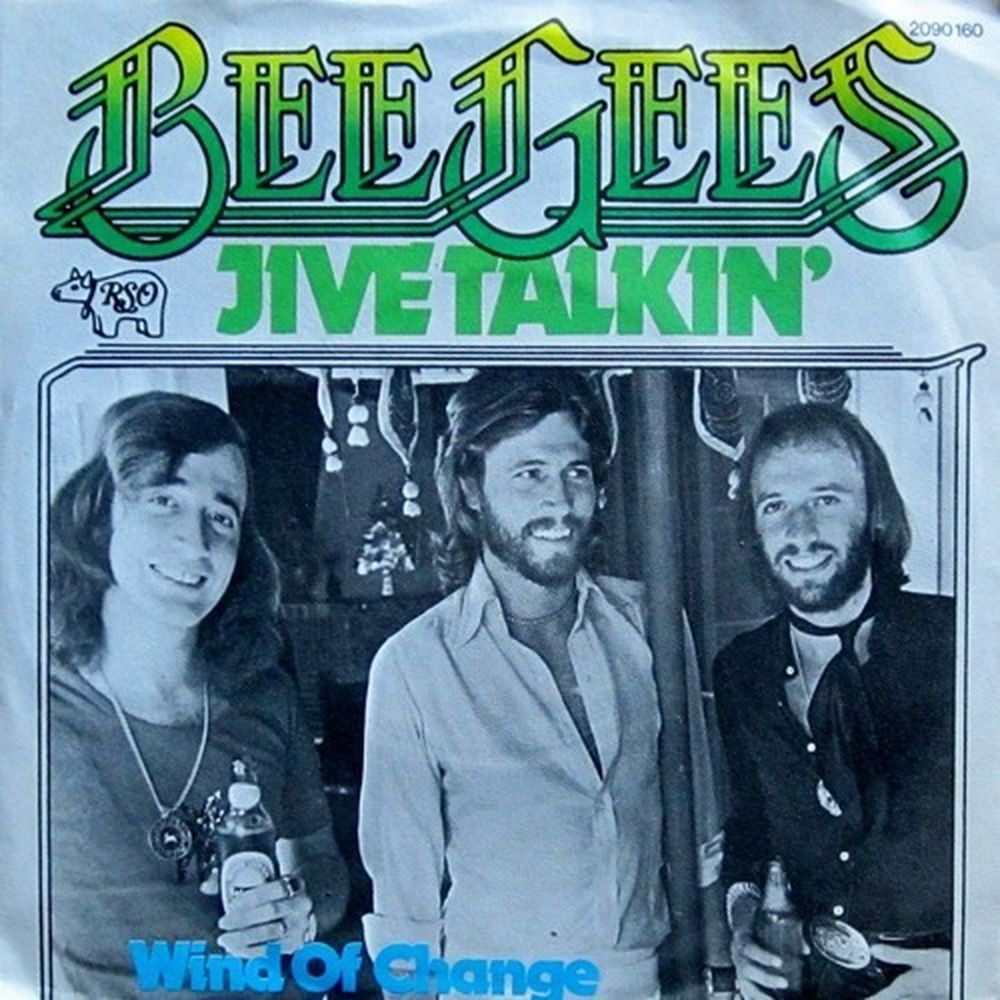
Facing financial ruin, the Bee Gees found salvation in an unlikely place: the rhythmic pattern of their car driving over Miami’s Julia Tuttle Causeway. That daily commute provided the groove that would resurrect their career and launch them toward disco dominance. Producer Robert Stigwood initially worried the sound was “too Black” for their audience but quickly recognized the commercial potential.
The song proved that inspiration strikes anywhere and reinvention requires risk. The Bee Gees’ willingness to abandon their folk-rock past for R&B influences created a template that countless artists still follow when their careers need CPR.









